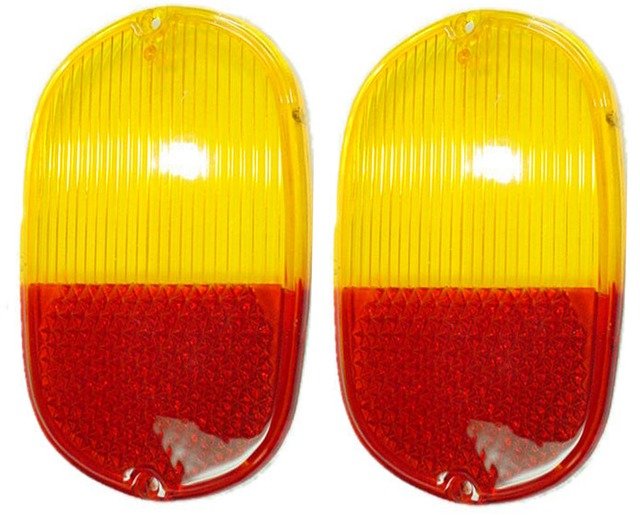How Air Pumps Work and Why They Are Useful
Air pumps are tools that move air from one place to another. They can fill tires, balls, and inflatable objects. Learning how air pumps work helps people understand the movement of air, how pressure changes, and how everyday items can be inflated with simple tools.

Air pumps have become indispensable tools in modern life, serving purposes that range from maintaining proper tire pressure to inflating recreational equipment. Whether manual or electric, these devices share a common goal: moving air from one place to another efficiently. Their simplicity in design belies their importance across numerous applications, making them essential items for households, vehicles, and various industries.
Understanding Basic Air Pump Function
At their core, air pumps work by creating pressure differences that force air into a confined space. The basic mechanism involves a piston or diaphragm that moves within a cylinder. When the piston pulls back, it creates a vacuum that draws air in through an intake valve. As the piston pushes forward, it compresses this air and forces it out through an outlet valve into the object being inflated. This cycle repeats continuously until the desired pressure is reached. Manual pumps require physical effort to operate the piston, while electric models use motors to automate this process. Some advanced pumps include pressure gauges that allow users to monitor inflation levels and prevent over-inflation, which could damage the item or create safety hazards.
How Air Pumps Work in Different Applications
The versatility of air pumps becomes evident when examining their diverse applications. For automotive use, tire inflators connect directly to valve stems and deliver air at controlled rates, typically measured in pounds per square inch (PSI). Bicycle pumps often feature smaller cylinders designed for higher pressure output needed for narrow tires. Aquarium pumps operate differently, using vibrating diaphragms to create gentle, continuous airflow for oxygenating water. Inflatable mattress pumps prioritize volume over pressure, quickly filling large spaces with air. Industrial air compressors represent the most powerful category, storing compressed air in tanks for powering pneumatic tools and machinery. Each application requires specific design considerations regarding pressure capacity, flow rate, portability, and power source.
Essential Tire Inflation Tools and Features
Tire inflation represents one of the most common and critical uses for air pumps. Modern tire inflators come equipped with several essential features that enhance usability and safety. Digital pressure gauges provide accurate readings, eliminating guesswork and helping maintain manufacturer-recommended tire pressures. Automatic shut-off functions prevent over-inflation by stopping the pump when the preset pressure is reached. LED lights assist with nighttime or emergency roadside use. Multiple nozzle attachments allow the same pump to inflate tires, sports balls, and other items. Portable models often include rechargeable batteries or 12-volt car adapters for convenience. Some advanced units feature preset pressure settings for different vehicle types, making the inflation process faster and more foolproof. The hose length and cord length also matter significantly, as they determine how easily you can reach all tires without repositioning the vehicle or pump.
Air Pressure Basics and Safety Considerations
Understanding air pressure fundamentals is crucial for safe and effective pump use. Pressure is typically measured in PSI in the United States, with different items requiring vastly different levels. Car tires generally need 30 to 35 PSI, bicycle tires may require 40 to 100 PSI depending on type, and inflatable pools might only need 1 to 3 PSI. Over-inflation can cause tires to wear unevenly, reduce traction, and increase blowout risk. Under-inflation leads to poor fuel economy, excessive tire wear, and handling problems. Always check the manufacturer’s recommended pressure, usually found on a sticker inside the driver’s door jamb for vehicles or printed on the item itself for other inflatables. When using air pumps, ensure proper ventilation if operating gas-powered models, keep electrical components away from water, and never leave pumps unattended during operation. Regularly inspect hoses and connections for wear or damage, as leaks reduce efficiency and can pose safety risks.
Choosing the Right Inflatable Item Pump
Selecting an appropriate air pump depends on your specific needs and usage patterns. For occasional home use with pool toys and air mattresses, a basic electric pump with moderate flow rate suffices. Frequent travelers benefit from compact, battery-operated models that fit easily in luggage. Vehicle owners should prioritize portable tire inflators with sufficient PSI capacity and reliable power sources. Sports enthusiasts may need specialized pumps designed for high-pressure applications like bicycle tires or basketballs. Consider the pump’s duty cycle, which indicates how long it can operate before needing to cool down. Continuous-duty pumps handle extended use better than intermittent-duty models. Noise level matters if you’ll use the pump in residential areas or late at night. Build quality affects longevity, with metal components generally outlasting plastic ones. Additional features like storage bags, multiple adapters, and pressure presets add convenience but also increase cost. Evaluate your primary use case and budget to find the best balance between features and affordability.
Conclusion
Air pumps represent simple yet ingenious devices that solve everyday problems across countless applications. By understanding their basic operation, recognizing the features that matter most for your needs, and following proper safety guidelines, you can maximize the utility and lifespan of these versatile tools. Whether maintaining vehicle tires, setting up recreational equipment, or supporting specialized hobbies, the right air pump makes tasks easier, safer, and more efficient. As technology advances, modern pumps continue to offer improved accuracy, convenience, and reliability, ensuring they remain essential tools for years to come.




